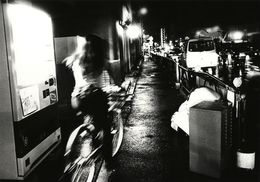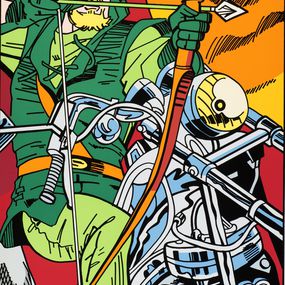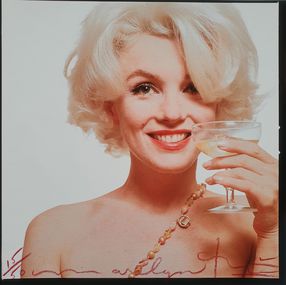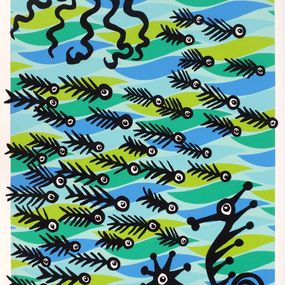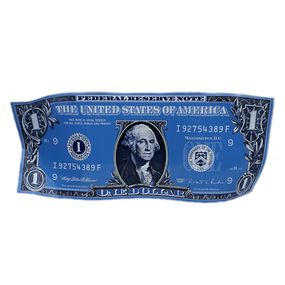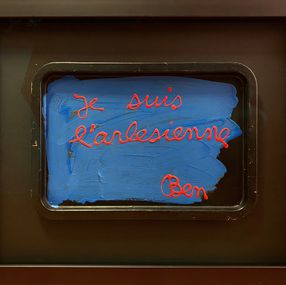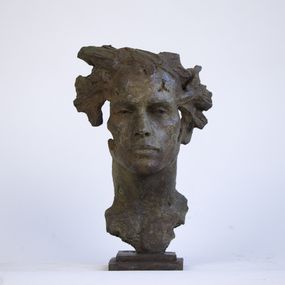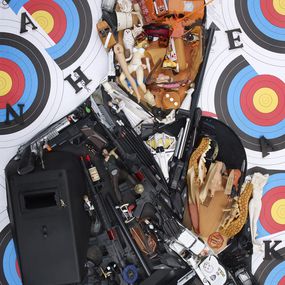

Biography
Daido Moriyama has a self-proclaimed addiction to cities. At age 73, his work still shares the same inclination to record his surroundings as his earliest pictures, taken during the dramatic transformation of 1960s post-war Japan. Moriyama used his camera to document the American military occupation of his country and the dissolution of traditional values experienced alongside accelerated modernization. In a process he maintains today, Moriyama shot with a small hand-held automatic camera, rarely with attention to the viewfinder. In his depictions of city life, Moriyama documents cultural change and chaotic urban experience, typically in grainy, black-and-white, high-contrast images, which he prints himself. Early influences include photographers Eikoh Hosoe, Eugène Atget, Weegee, and William Klein, all who shared a similar affection for the dynamics of city life.
Nationality
Categories






